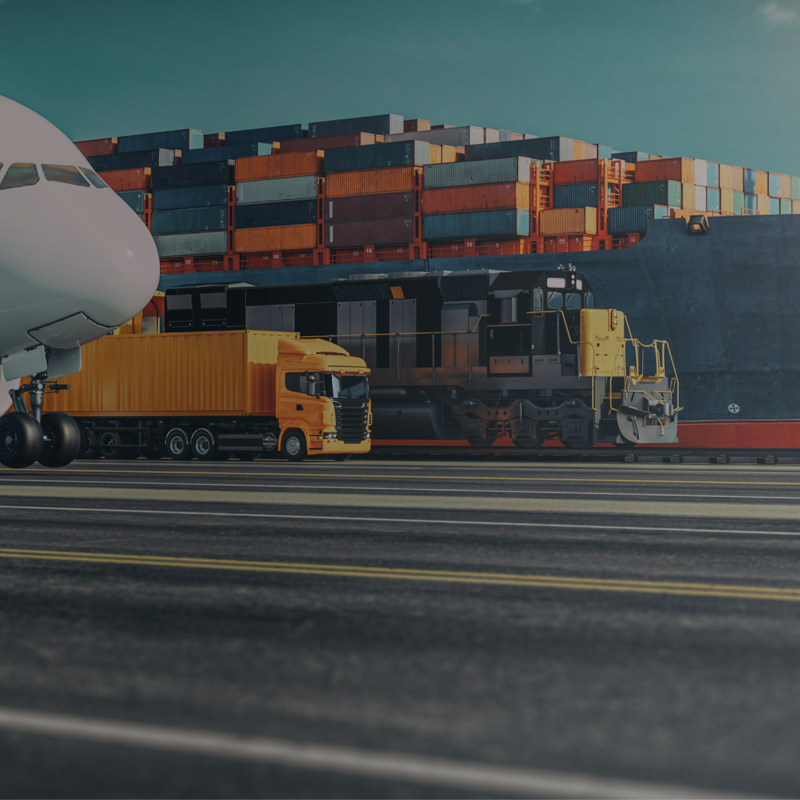
- Brochure
Customs and trade compliance
Automate customs filing and clearance to limit U.S. impor...
Our Global Trade management solutions streamline U.S. import and export logistics, centralize sourcing and reduce regulatory risk—helping supply chain partners accelerate border entry, avoid financial penalties and protect brand integrity.
TALK TO AN EXPERT
Global Trade solutions help businesses cut costs, automate manual tasks and reduce compliance risks. By streamlining processes and improving oversight, they minimize disruptions and protect brand reputation.
Our Global Trade technology centralizes document management and provides real-time visibility to validate product integrity, track international shipments and expedite U.S. Customs clearance.




Global Trade Management (GTM) encompasses the processes and tools that help organizations manage the movement of goods across international supply chains. From production and trade compliance at ports of entry to final delivery, GTM ensures smooth import and export operations, optimizing efficiency and ensuring regulatory compliance.
Organizations involved in importing or exporting products internationally use Global Trade Management to navigate trade regulations and transportation processes across national ports of entry. These activities can be handled internally or by third-party partners, such as customs brokerages and freight forwarders, who leverage advanced technology to streamline operations.
A customs brokerage acts as an intermediary, facilitating communication between parties involved in global trade and ensuring compliance with regulations. Their services are essential to the smooth operation of the global supply chain, helping to minimize risks and ensure timely, compliant shipments for customers.
A freight forwarder acts as an intermediary between the shipper and the carrier, primarily for international shipments. They help businesses respond quickly and efficiently to changing customer demands and evolving international shipping requirements.
A Foreign Trade Zone (FTZ) is a secure area near a U.S. Customs and Border Protection port of entry. FTZs allow businesses to eliminate, defer or reduce duty payments on goods that are manufactured, assembled or stored for import or export.
A tariff is a tax applied on imports or exports of goods between countries. In the United States, tariffs are based on the value of the goods, including freight and insurance costs.
The Harmonized Tariff Schedule of the United States (HTSUS) classifies imported goods based on their name, use or materials used in production to determine applicable tariffs.
A Partner Government Agency (PGA) is any U.S. federal government agency that collaborates with U.S. Customs and Border Protection to regulate the safety and quality standards of goods entering the United States.
